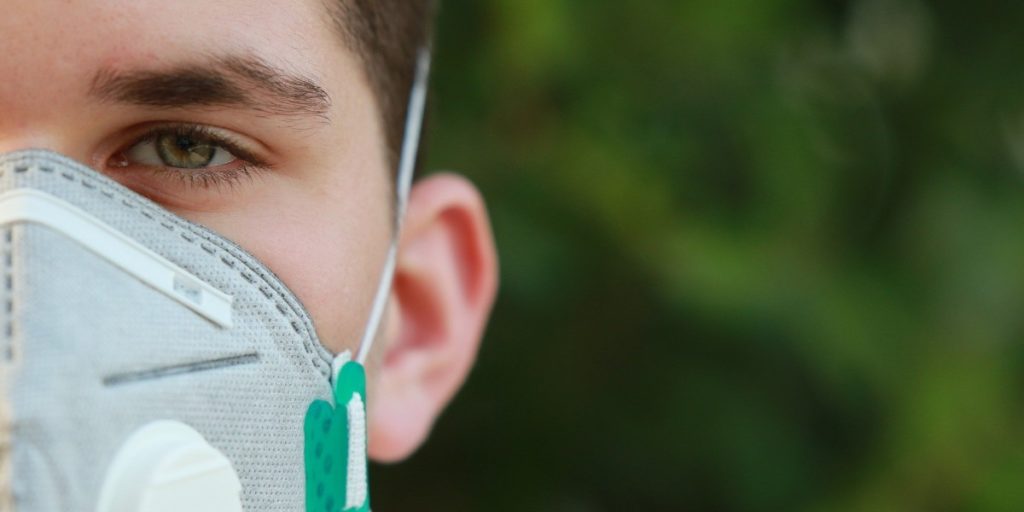
Can Artificial Intelligence help detect COVID-19?
Part of the challenge in controlling the coronavirus pandemic is quickly identifying and isolating infected people, which is not particularly easy when COVID-19 symptoms are not always noticeable, especially early on. Would it be possible to detect these cases in a simple and effective way? A team of MIT scientists has created a cough detector that is capable of identifying 97% of COVID-19 cases, even in asymptomatic people.
How does this tool work?
Evidence shows that AI can detect differences in coughs that cannot be heard with the human ear. The research team claims that the detection system can even be incorporated into a device such as a smartphone, potentially becoming a useful early detection tool. The work builds on research already being done on detecting Alzheimer’s disease through coughing and speaking. Once the pandemic began to spread, the team turned their attention to COVID-19, drawing on what had already been learned about how the disease can cause very small changes in speech and the other noises we make.
“The sounds of speaking and coughing are influenced by the vocal cords and surrounding organs,” says research scientist Brian Subirana of the Massachusetts Institute of Technology. The repurposed Alzheimer’s research for COVID-19 involved a neuronal network known as ResNet50. Through around 2,500 cough recordings, obtained from people infected with COVID-19, the AI correctly identified 97.1% of them and 100% of asymptomatic cases. The researchers emphasize that its main value lies in detecting the difference between healthy cough and unhealthy cough in asymptomatic people, not in the actual diagnosis of COVID-19, for which an adequate test was required.
“The effective implementation of this group diagnostic tool could decrease the spread of the pandemic if the one used before going to a classroom, a factory or a restaurant,” says Subirana. The fact that the test is non-invasive, virtually free, and quick to apply adds to its potential utility; Although it is not designed to diagnose people with COVID-19 who have already shown symptoms, it could indicate a potential if you need to isolate yourself, and then get a proper test when no significant signs of the virus are showing. Once we begin to move past the coronavirus pandemic, the new research could help feed back into the study of cough and Alzheimer’s screening. “Our research reveals a striking similarity between Alzheimer’s and COVID discrimination,” the researchers write in their published article.
How can we better identify cases and contacts during the COVID-19 pandemic?
According to the World Health Organization, “the measures of detection, isolation and study of contacts must be the backbone of the response to this epidemic.” The countries that have had the most controlled epidemic curves have been thanks to the early implementation of contact studies.
The contact study should begin with the identification of all close contacts of the case from 48 hours before the onset of symptoms, so it is important to identify the contacts as quickly as possible so that they can carry out a preventive confinement as soon as possible and thus avoid possible new infections. The technologies are essential complements to support traditional contact studies, mobile applications that use bluetooth or geolocation have already been implemented in many countries, and tools such as the detector developed by MIT could be the key to defeating the pandemic.




